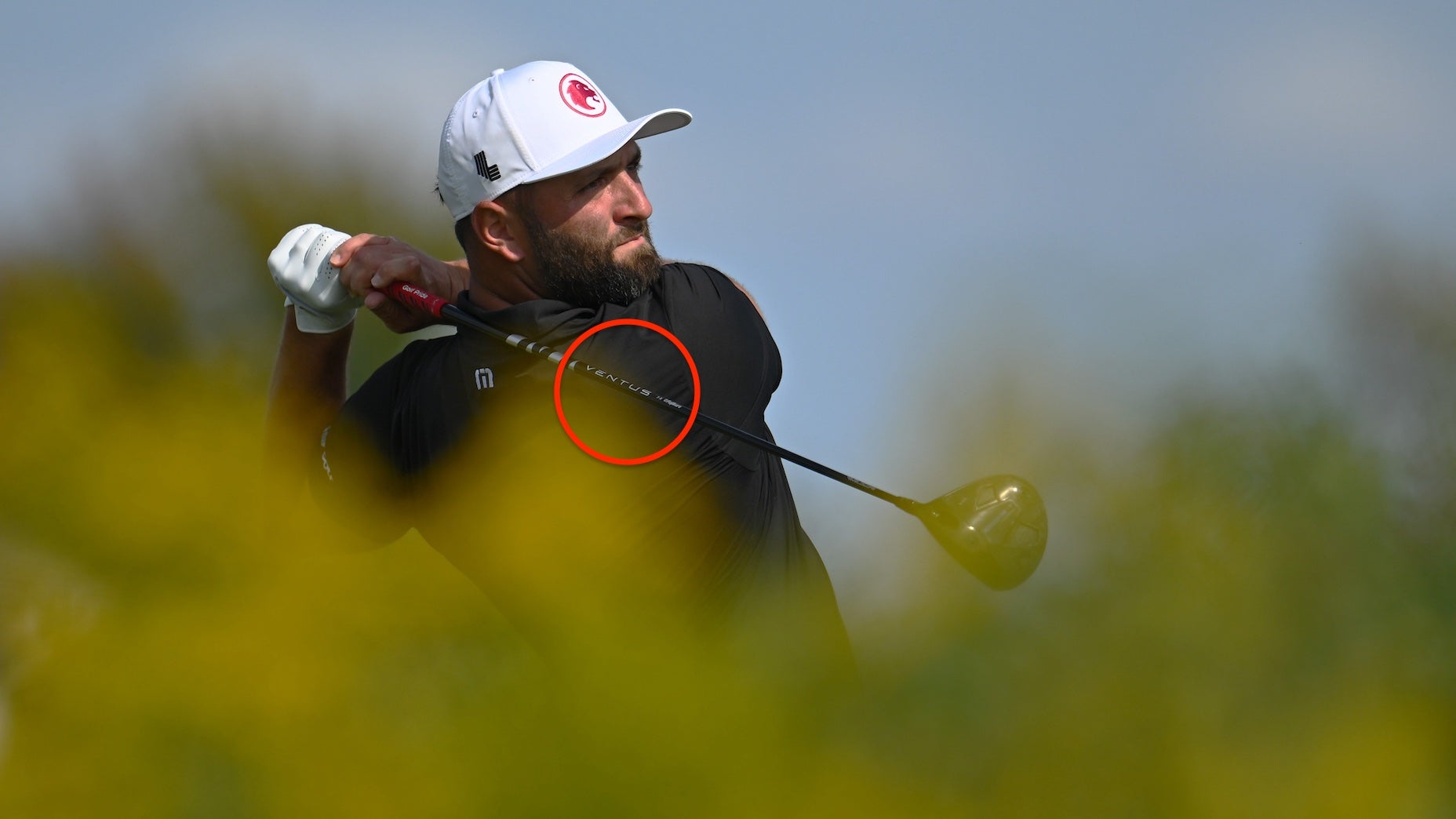Jon Rahm’s victory at LIV Chicago confirmed something we’ve known for some time: the Spaniard is ridiculously good at his craft. Even more so when he’s healthy. After dealing with a foot infection that forced him to skip the U.S. Open, Rahm won two of the last three LIV events — with a runner-up showing sandwiched in between — to claim the individual title and a tidy $22 million.
Following the win on Sunday, Rahm was asked to pinpoint what changed following his withdrawal from the U.S. Open. The foot injury would’ve been the obvious choice, but the 29-year-old took things in a different direction.
“[T]here was a before and after between Singapore and Houston when I changed that driver shaft to something that worked a little bit better with my current swing speed and made me not compensate as much,” Rahm said. “Kind of felt better, a more natural swing, easier for myself to hit the fade, and that’s when I saw the big difference.
“From Nashville on, my level of golf was a little bit higher, more comfortable, where I didn’t feel like I had to try so much. At that point, it’s when I felt the win was almost at that point just a matter of time and getting it done at [LIV United Kingdom] was incredible.”
Shaft brands rarely get the respect they deserve because it’s generally considered a secondary component of the overall build. The head tends to receive most of the plaudits for the technology packed inside. However, if you go back and look at Rahm’s history with the driver, you’ll notice the shaft never changed before this year.
During his time in school at Arizona State, Rahm relied exclusively on Aldila’s Tour Green 75TX driver shaft. Even when he switched teams from TaylorMade to Callaway, in 2021, Tour Green remained the one component constant. Rahm didn’t even contemplate making a shaft change until earlier this year when he conducted driver testing with a Fujikura Ventus Black 7X shaft that confirmed it was a better option for his Callaway Paradym Ai Smoke Triple Diamond head.
“For a long time, Jon’s Aldila Tour Green worked well for his timing and swing tempo, but as he’s gotten stronger and faster he was finding it more difficult to time up his delivery into the ball and find his feels,” said Johnny Wunder, Callaway’s Tour content manager. “This led to a bigger dispersion pattern and a reoccurring left miss, and that’s when he knew it was time for a change. He recently spent some time in Carlsbad to test several shafts, including prototype options, to find one that worked better with his swing and helped to eliminate a left miss.
Fujikura Ventus Black Wood Shaft (Velocore+)
View Product
“The Ventus Black profile helped Jon feel the clubhead better and allowed him to swing with his natural tempo without manipulation. This has led to a much better dispersion off the tee and helped to eliminate the left miss. It was never about raising Jon’s ceiling or adding distance since he is already such a good driver of the ball, but instead, lifting his floor.”
One of the most popular shaft profiles on Tour, Ventus Black is geared for higher swing speeds with a noticeably lower launch and spin rate that’s made possible via a reinforced butt and tip section. Reinforcing the tip helps stabilize the shaft at impact, particularly on shots that catch the heel and toe. And when you’re swinging at Rahm-esque speeds, reducing torque can be a massive benefit for golfers on the higher end of the speed spectrum who require a stable profile to minimize mishits.
The head remains the key component when building a new driver, but if anything can be gleaned from Rahm’s successful shaft change this season, you should always be open and willing to test other options in the marketplace, especially when something feels amiss. It worked from Rahm and can do the same for your game.
Want to overhaul your bag for 2024? Find a fitting location near you at True Spec Golf
